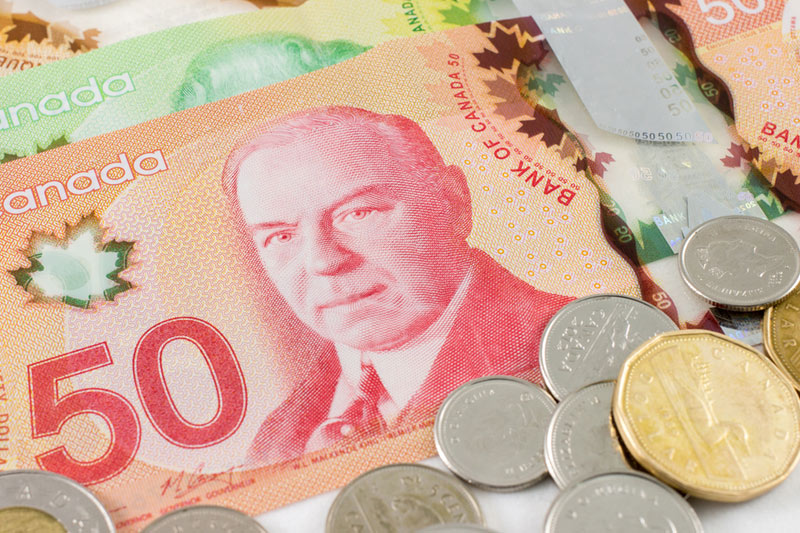Investing.com - The U.S. dollar remained higher against its Canadian counterpart on Wednesday, following the release of economic growth reports from the U.S. and Canada and as investors turned to the Federal Reserve's upcoming policy statement due later in the day.
USD/CAD hit 1.0979 during early U.S. trade, the session high; the pair subsequently consolidated at 1.0969, up 0.22%.
The pair was likely to find support at 1.0868, the low of April 10 and resistance at 1.1026, Tuesday's high.
The greenback came under some pressure after the Bureau of Economic Analysis said U.S. gross domestic product grew at an annual rate of 0.1% in the first quarter, missing expectations for growth of 1.2%. The U.S. economy expanded by 2.6% in the previous quarter.
Separately, payroll processing firm ADP said non-farm private employment rose by 220,000 this month, above expectations for an increase of 210,000.
March’s figure was revised up to a gain of 209,000 from a previously reported increase of 191,000.
In Canada, official data showed that the economy grew by 0.2% in February, in line with expectations, after a growth of 0.5% the previous month.
The loonie was lower against the euro, with EUR/CAD gaining 0.61% to 1.5211.
The single currency strengthened after data earlier showed that the annual rate of inflation in the euro zone ticked up to 0.7% in April, after falling to a record low 0.5% in March. Market expectations had been for an increase to 0.8%. The European Central Bank targets an inflation rate of close to but just under 2%.
Core inflation, which excludes volatile food and energy costs rose 1% in April, accelerating from 0.7% in March and in line with expectations.
The uptick in inflation eased pressure on the ECB to take steps to tackle low inflation in the euro zone. Earlier this month the central bank warned that it could launch a "broad-based" asset purchase program if the medium-term inflation outlook deteriorated.
